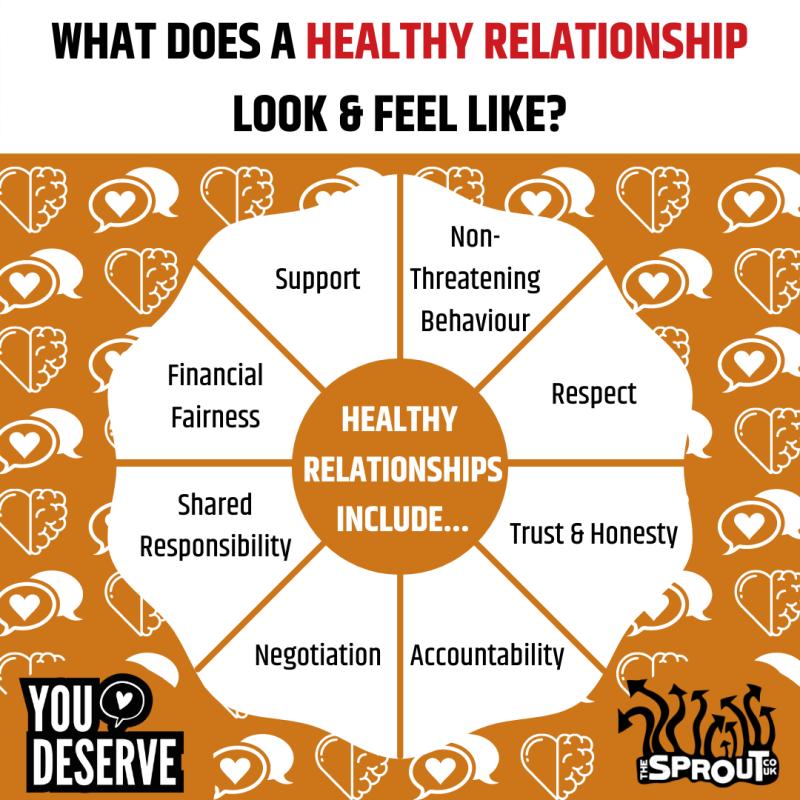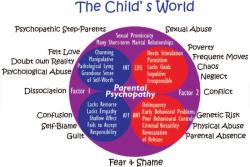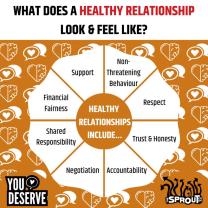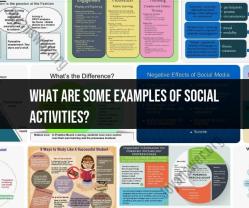What are healthy relationships based on?
Healthy relationships are based on several key elements that contribute to emotional well-being, mutual support, and positive growth. Here are foundational elements of healthy relationships:
Communication:
- Open, honest, and respectful communication is fundamental. Partners should feel comfortable expressing their thoughts, feelings, and needs. Active listening is equally important for understanding and validating each other.
Trust:
- Trust forms the foundation of a healthy relationship. It involves reliability, consistency, and confidence in each other's intentions. Trust is built over time through honesty, transparency, and dependability.
Respect:
- Each partner should respect the other's boundaries, opinions, and individuality. Healthy relationships thrive on mutual admiration, appreciation, and consideration for each other's feelings and perspectives.
Equality:
- Healthy relationships are built on equality, where both partners contribute to decision-making, responsibilities, and compromise. No one should feel dominated or powerless within the relationship.
Empathy and Understanding:
- Empathy involves the ability to understand and share the feelings of another. Partners in a healthy relationship are attuned to each other's emotions, providing comfort, support, and understanding during both challenging and joyful moments.
Support:
- Partners support each other's personal and professional goals, offering encouragement, motivation, and assistance when needed. Emotional support during difficult times is crucial for maintaining a healthy connection.
Boundaries:
- Establishing and respecting boundaries is essential. Healthy relationships acknowledge and honor each individual's need for personal space, time alone, and the freedom to maintain personal interests and friendships outside of the relationship.
Conflict Resolution:
- Disagreements are inevitable in any relationship, but healthy couples address conflicts constructively. Effective communication, active listening, and a willingness to find compromises contribute to successful conflict resolution.
Shared Values and Goals:
- Partners with shared values, beliefs, and long-term goals tend to have more fulfilling relationships. Common values provide a solid foundation for building a life together and navigating challenges as a team.
Quality Time:
- Spending quality time together strengthens the bond between partners. Shared experiences, hobbies, and activities contribute to the overall enjoyment of the relationship.
Independence:
- Healthy relationships respect the need for independence and personal growth. Each partner continues to develop their individual identities and pursue personal interests while being part of a committed relationship.
Appreciation and Gratitude:
- Regular expressions of appreciation and gratitude foster a positive atmosphere within a relationship. Acknowledging each other's contributions and expressing gratitude for the little things contribute to a sense of connection.
Remember that building a healthy relationship is an ongoing process that requires effort, commitment, and continuous communication. Each relationship is unique, and partners may prioritize these elements in different ways based on their individual needs and values.
Essential pillars of healthy relationships
Healthy relationships are the cornerstone of a fulfilling and enriching life. They provide us with love, support, companionship, and a sense of belonging. Building and maintaining healthy relationships requires effort, dedication, and a willingness to nurture the bond between individuals.
Here are some of the essential pillars of healthy relationships:
Effective Communication and Mutual Respect: Open, honest, and respectful communication is the foundation of any strong relationship. Being able to express your thoughts, feelings, and needs without fear of judgment is crucial for building trust and understanding. Mutual respect involves valuing each other's opinions, perspectives, and boundaries.
Trust, Honesty, and Transparency: Trust is the bedrock of any healthy relationship. It forms the basis for security, vulnerability, and intimacy. Being honest and transparent with your partner, even when it's difficult, fosters trust and strengthens the bond.
Empathy, Support, and Understanding: Empathy is the ability to understand and share the feelings of another person. It allows you to connect with your partner on an emotional level and provide genuine support. Understanding involves recognizing and accepting each other's differences, strengths, and weaknesses.
Navigating Challenges and Conflicts Constructively: Disagreements and conflicts are inevitable in any relationship. However, how you approach these challenges can make a significant difference. Constructive conflict resolution involves listening actively, respecting each other's viewpoints, and working together to find solutions.
Remember, healthy relationships are not static; they require ongoing effort and care. By nurturing these essential pillars, you can cultivate strong, fulfilling connections that enrich your life.











